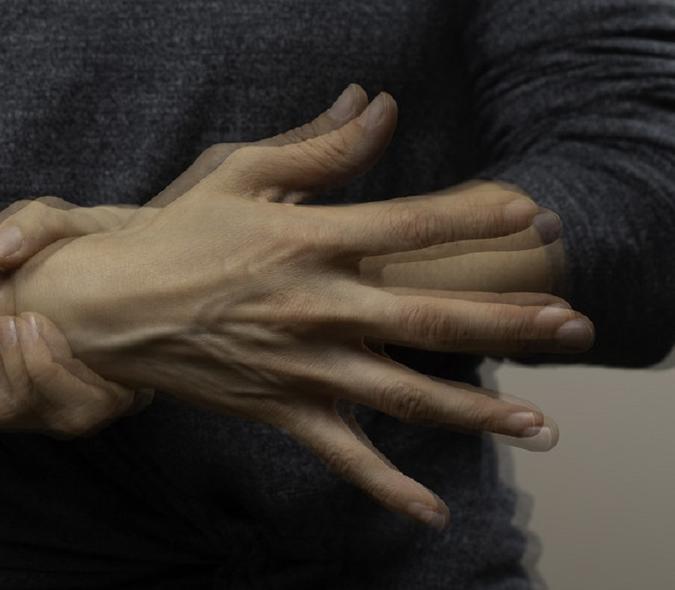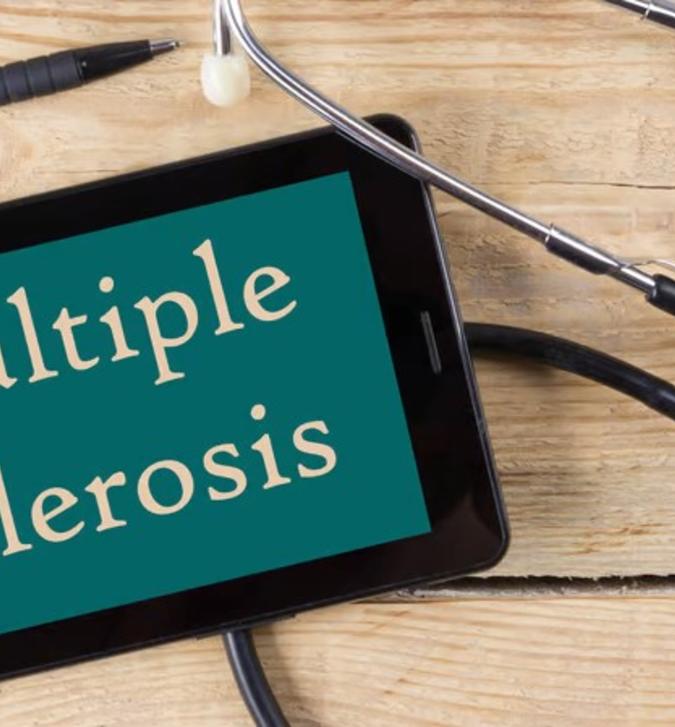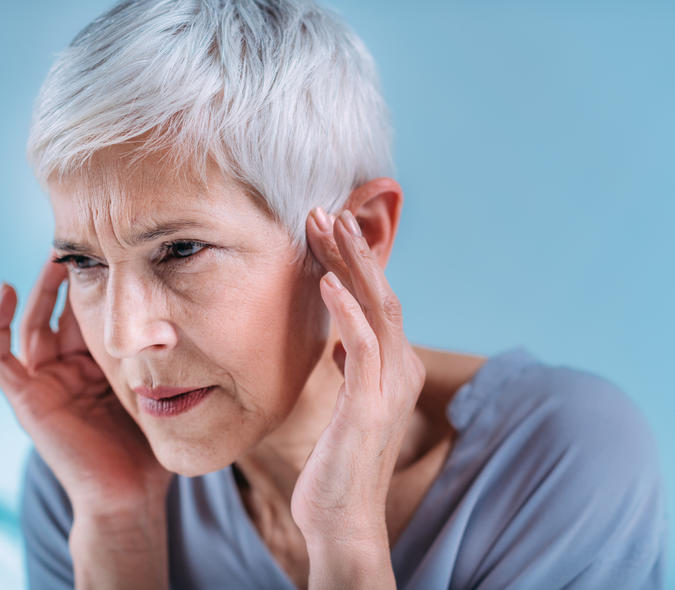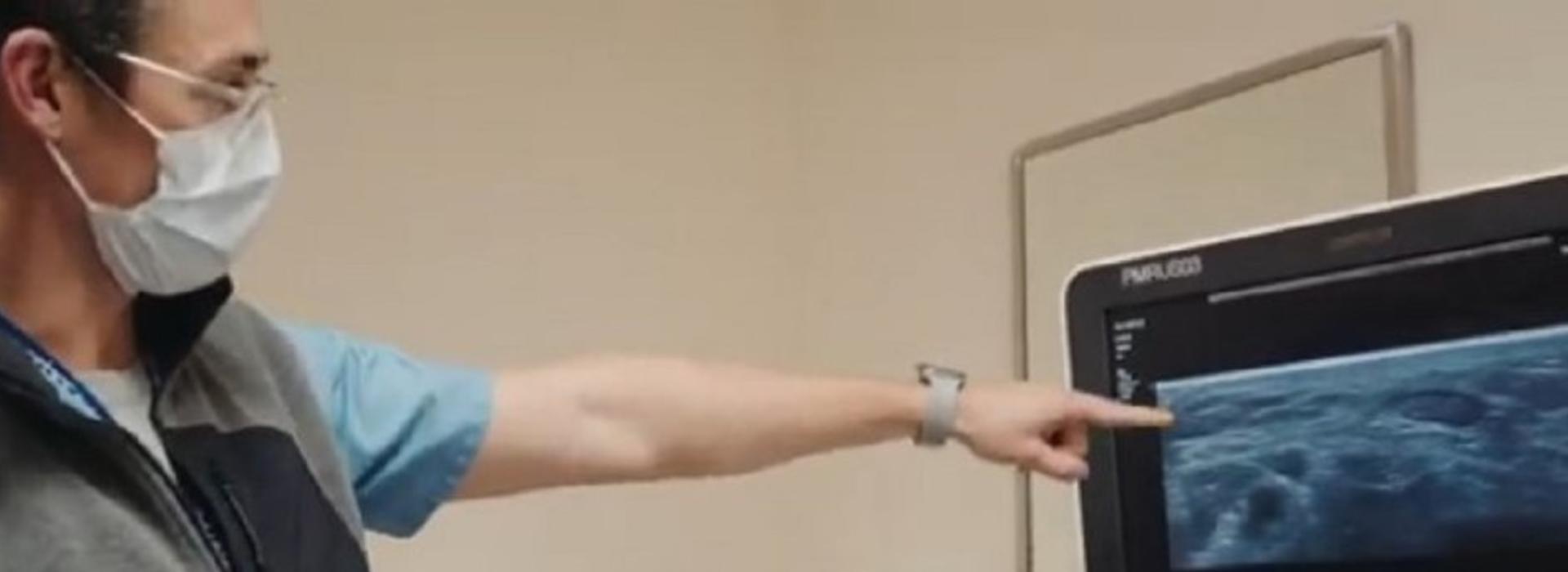
Resident team helps add some “MUSCLE” to their educational program
During the hiatus from in-person patient care at the height of the COVID-19 pandemic in 2019, Physical Medicine and Rehabilitation (PM&R) residents had a lot of time on their hands. To use that time productively, Jonathan Reisman, DO; Joseph Benert, MD; and Kersten Schwanz, MD; took an idea they had to faculty member Alexander Senk, MD, who teaches at the Minneapolis VA Medical Center.
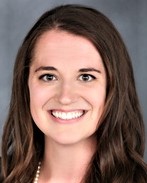
“We knew that we needed an expanded musculoskeletal ultrasound curriculum,” said Schwanz (pictured here). “It’s important for us to develop skills using that technology but it takes a while to get your feet under you.”
Ultrasound uses the energy from sound waves to create dynamic real-time images of the musculoskeletal system, according to Senk. “From these images, we can diagnose conditions and perform pinpoint, guided interventions,” he said.
While at least 10 ultrasound procedures must be completed to graduate, the resident team felt that wasn’t enough to make anyone proficient in use of the technology. “When we get into practice, we will have an increased ultrasound workload,” said Reisman. “It’s the future of how a lot of medicine will be delivered.”
There are a number of ways to meet the 10-procedure requirement. “But there is no real standardization to be able to demonstrate use of the machine and interpretation of the imaging,” said Schwanz. “It’s often a one-off course versus a long-term curriculum, which is what we wanted to home in on.”
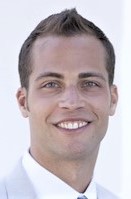
Working with Senk (pictured here) at the VA, the team created MUSCLE – Musculoskeletal Ultrasound Curriculum Longitudinal Experience – a rotating annual curriculum that spans the four years of the PM&R residency. Access to the ultrasound technology is being facilitated by M Health Fairview and the VA. “That’s one of the unique aspects to this, it’s not often that organizations enable access to such expensive machines,” said Senk.
He serves as Course Director and as a mentor for everyone in the program. “This was started by residents and will continue to be resident-led,” he said. “Kersten and Nicholas Peterson are the co-leaders. It enables them to develop leadership skills and to understand what is needed to be successful in administrative medicine.” Senk, in partnership with Residency Program Director Brionn Tonkin, MD, also facilitates the formal evaluations of residents who take the curriculum.
Creating it wasn’t easy. “There is a steep learning curve to understanding ultrasound and the pathology it indicates and then to be able to diagnose and treat patients,” said Peterson, who was part of the inaugural class. The team likened what they created to building a pyramid. “We set the base and build on it each year, continuing to hone and refine skills,” said Schwanz. “When you first start, it looks like you’re just staring at a fuzzy screen. As you build your skills, you can see more on the images, and it becomes easier to identify smaller pathologies.
“The curriculum is modeled after how I had been taught as a medical student by Dr. Senk and Dr. Tonkin,” she continued. “I’m working more on the teaching side – it’s the best way to prove you know what you know. Besides, the learners ask questions I didn’t think of.”
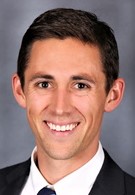
Keeping everything fresh is an ongoing process. “To continue the curriculum’s success, we are always looking for different resources,” said Peterson (pictured here). “As we advance our capabilities, we’re trying to incorporate more things. It’s open as to how far this can go.”
The 52 weeks of the course are divided among all the joints. “At minimum, residents attend a weekly hands-on class,” said Peterson. “Access to the machine after hours and on weekends runs on an open gym concept. Everyone can set their own goals.” The real gains come when people do their own investigations outside the required hour, according to Schwanz. “You improve through constant repetition,” she said.
The residents have been applying what they learn through the curriculum to themselves. “We have scanned whoever will offer a limb,” laughed Schwanz. It helps them learn to see what is healthy so when they see unhealthy joints, tendons, or ligaments, it’s quickly recognizable, according to Reisman. “In addition, the ten required cases are much more valuable for someone who’s gone through MUSCLE,” he noted. “They get a lot more out of each one.”
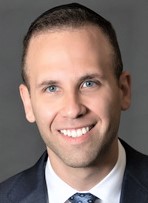
It’s not just the residents who benefit from learning ultrasound techniques, patients and other physicians also benefit. “I’m on rotations in various hospitals and my attendings acknowledge they didn’t have the same opportunity to learn this like I have,” said Reisman (pictured here). “There have been numerous opportunities when I’m seeing a patient with an attending physician when they have benefitted from the skills I acquired both in helping develop and then going through the curriculum. And when there is an additional part of the foot, for example, that I wasn’t able to study, I’m able to quickly apply the skills I learned.”
It’s not all just fun and games with an ultrasound machine. The residents must pass rigorous assessments. “We give numeric values to measure progress,” said Schwanz. “The residents take a written test and a hands-on practical exam. That’s unique when compared to the common U.S. certification test.” The assessments help check the quality of the residents’ scans and enable them to make changes along the way. “It has helped us get hospital privileges to do procedures,” said Schwanz. “Demonstrating that you have these skills goes a long way in the job market as well and the curriculum has excited medical students who are interested in our residency program.”
Faculty, residents, and administration have been very supportive of MUSCLE. “Each year, residents see their effort pay dividends,” said Senk. “But it’s been very intense. Combatting COVID affected our curriculum design several times. I commend the team for being flexible and innovative.”
